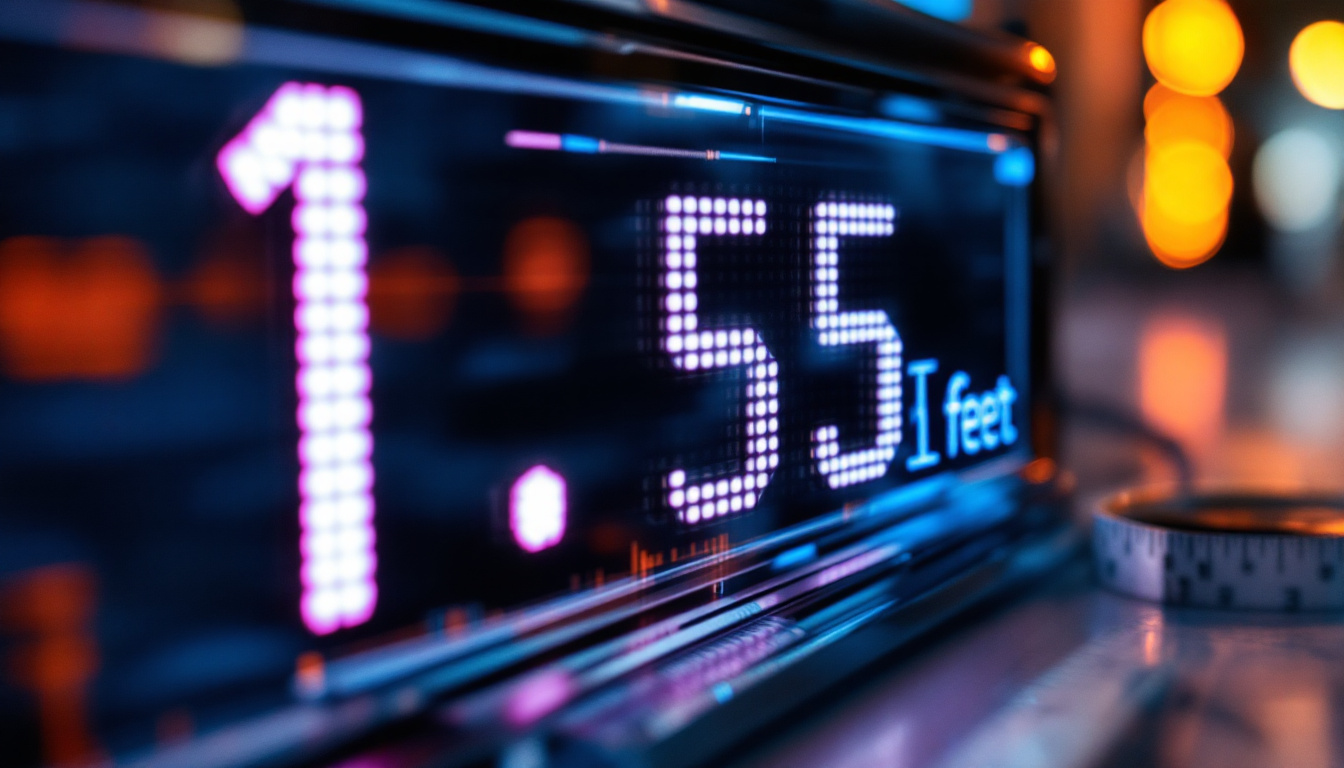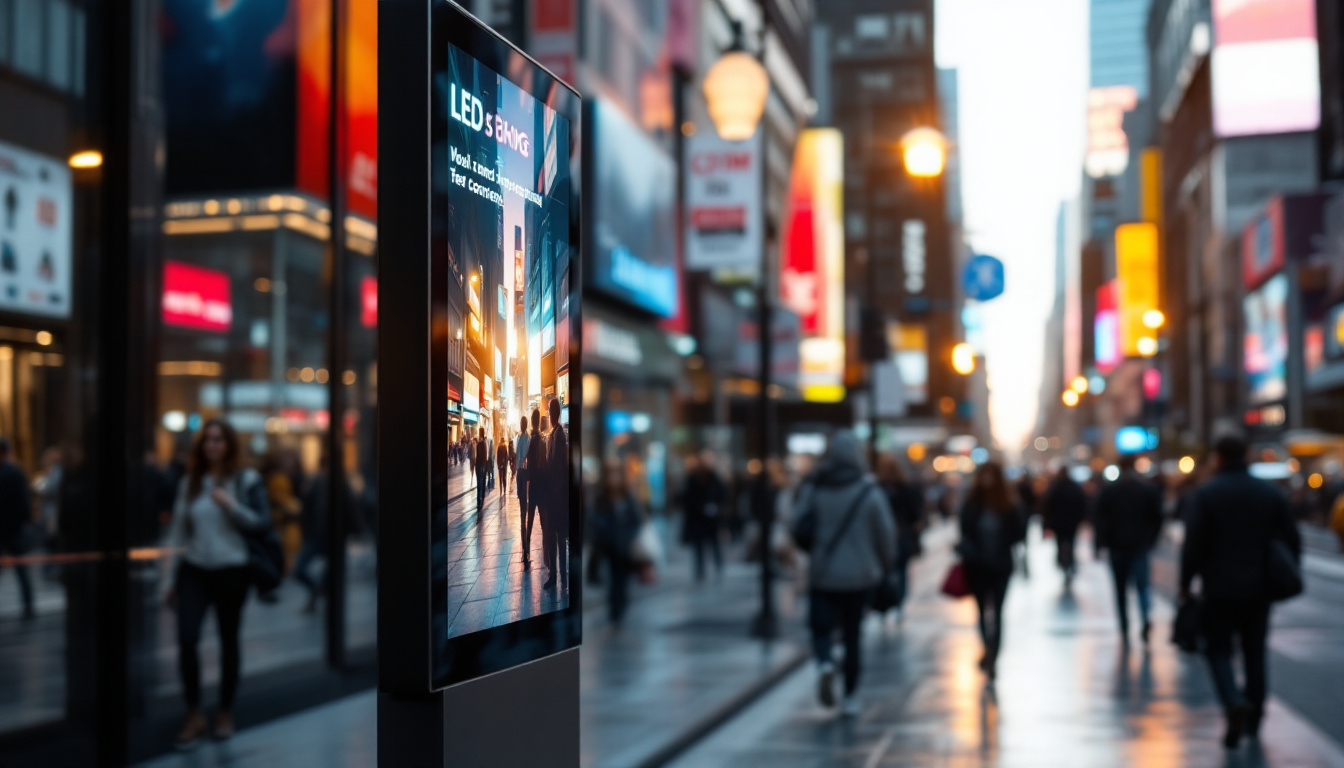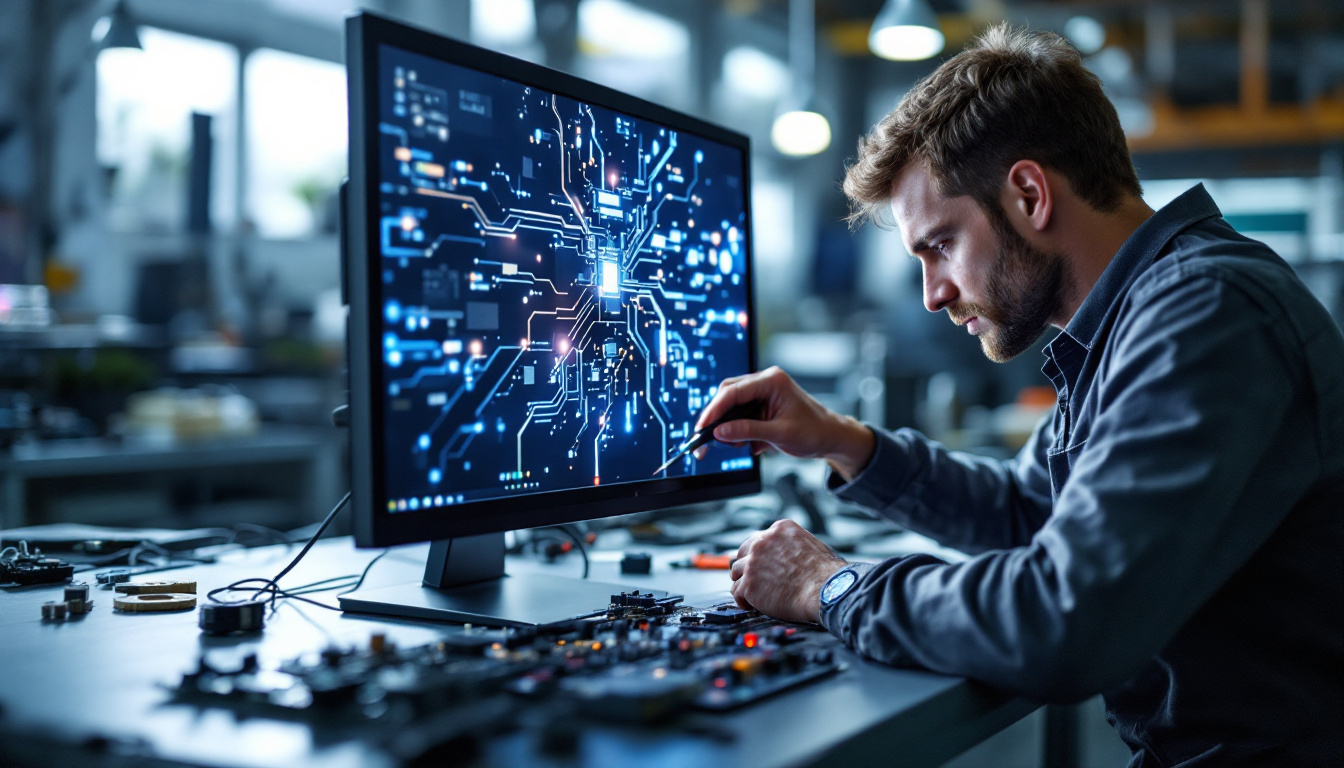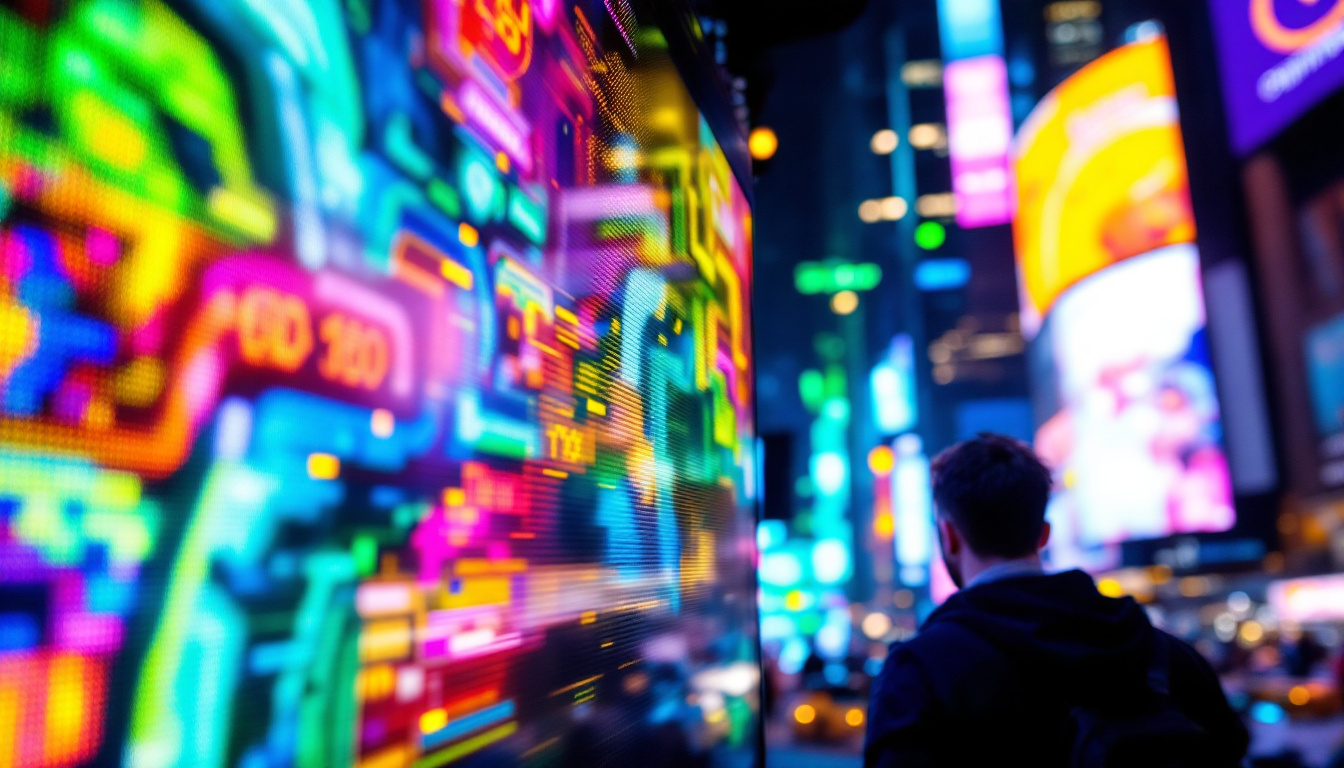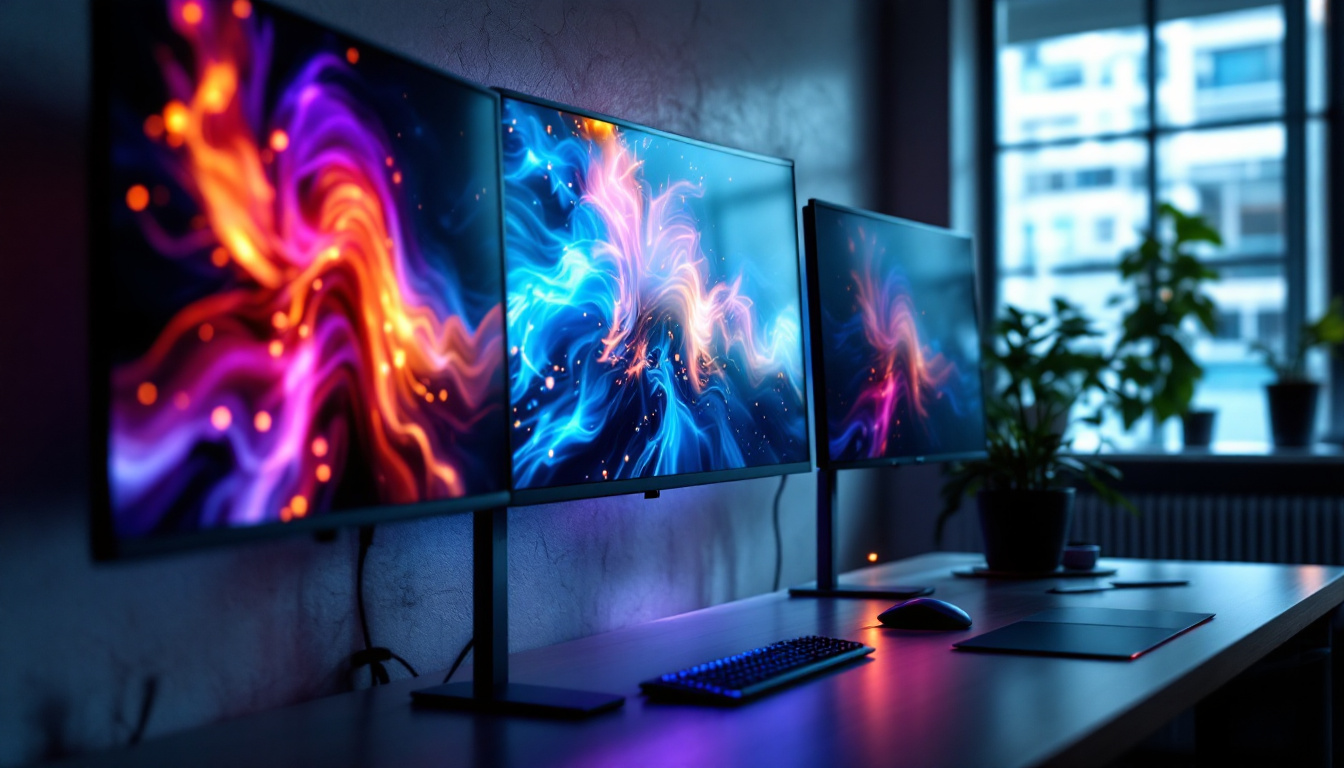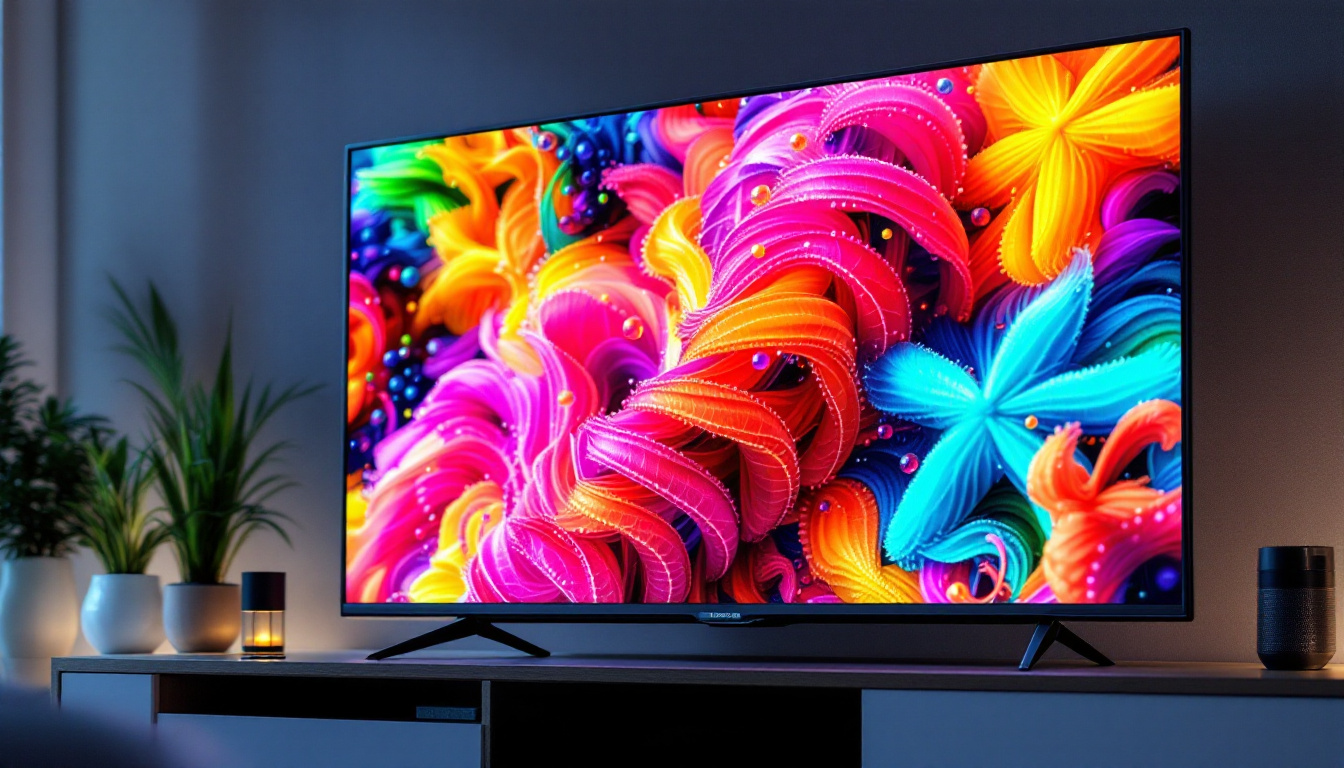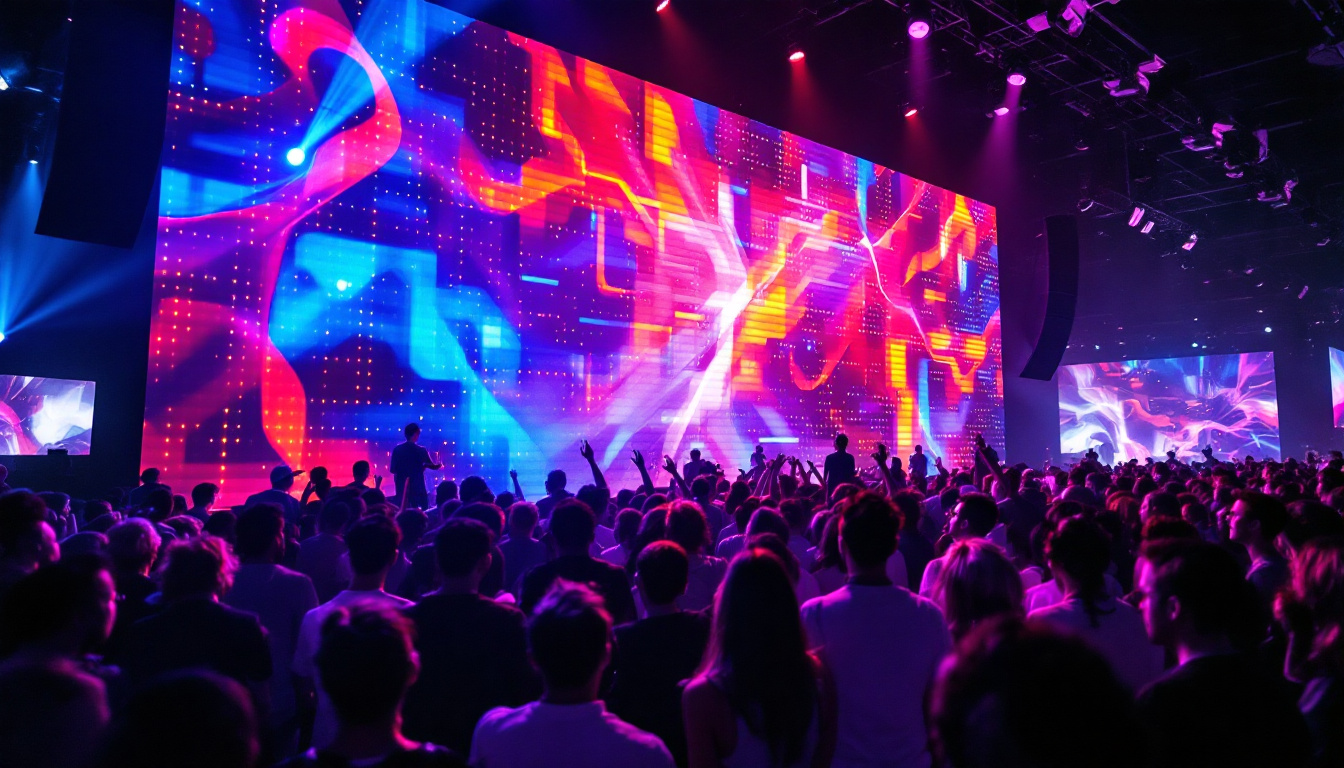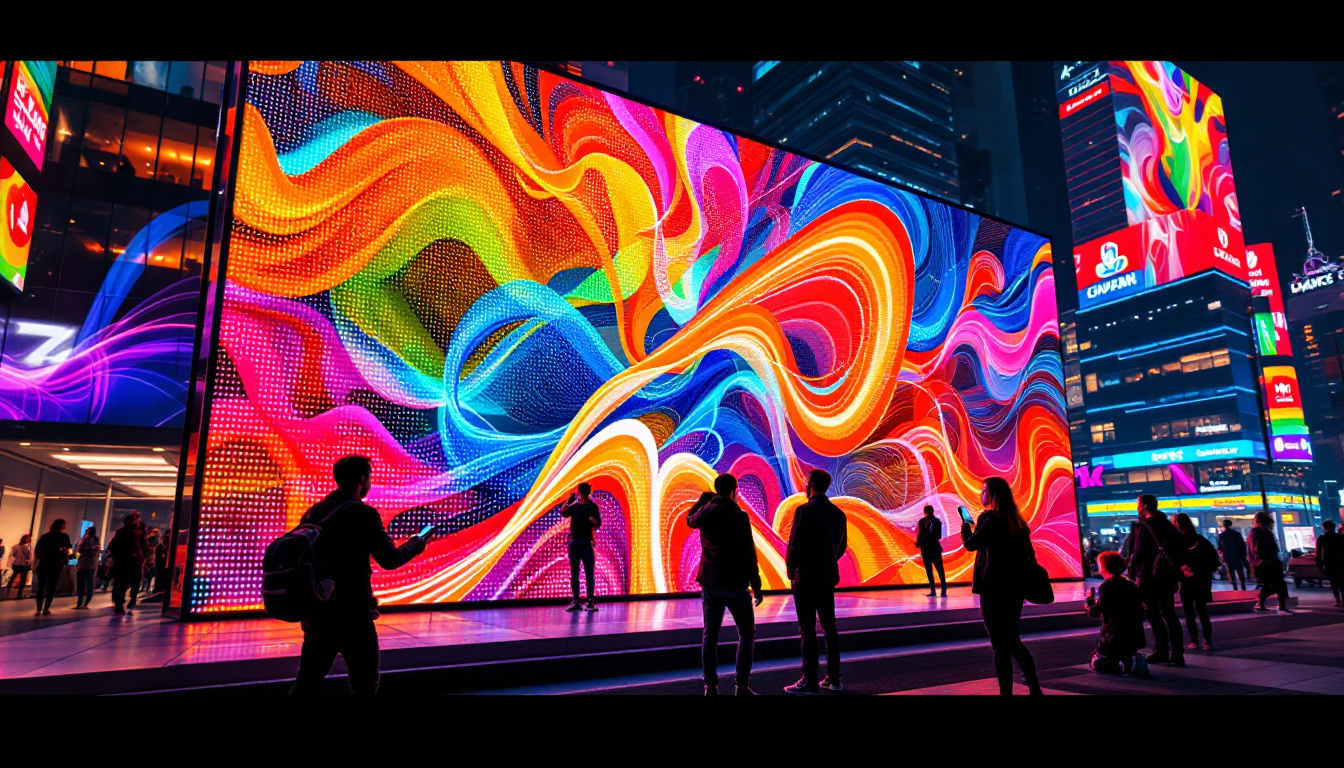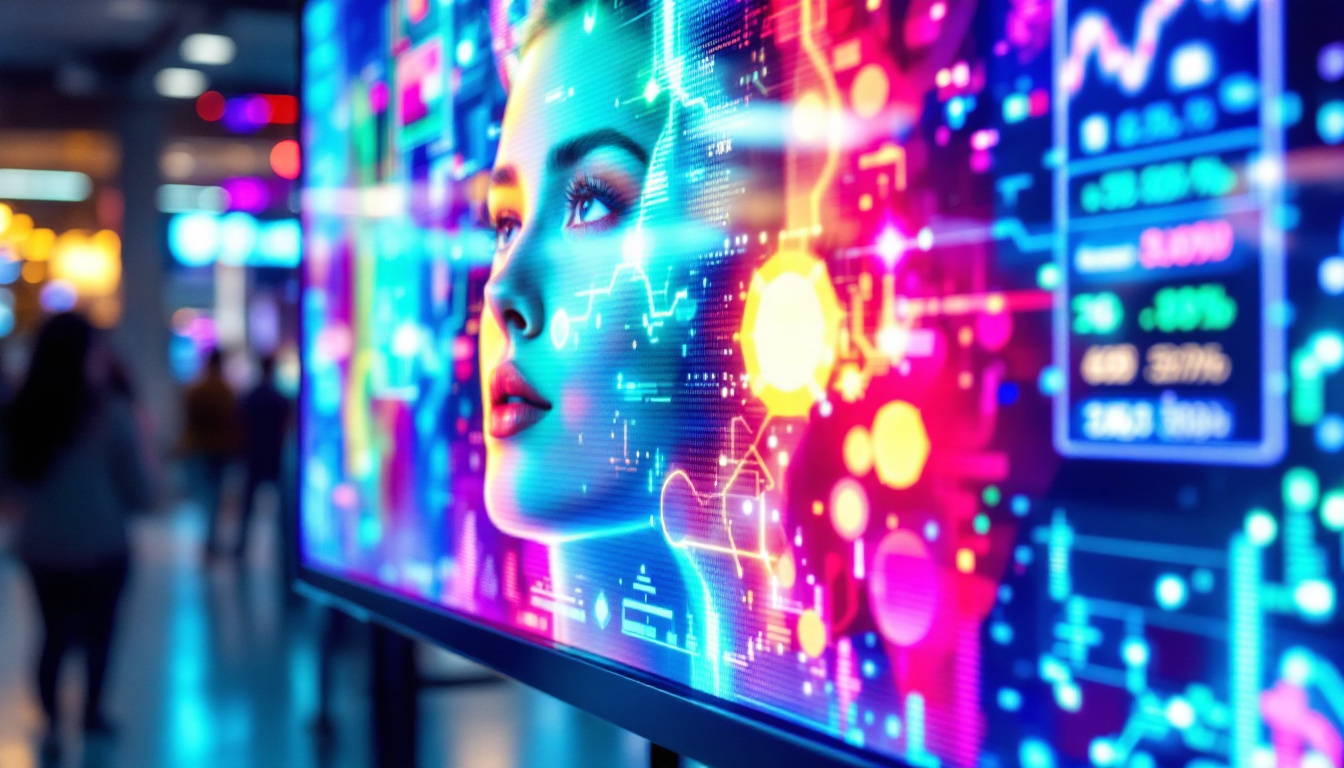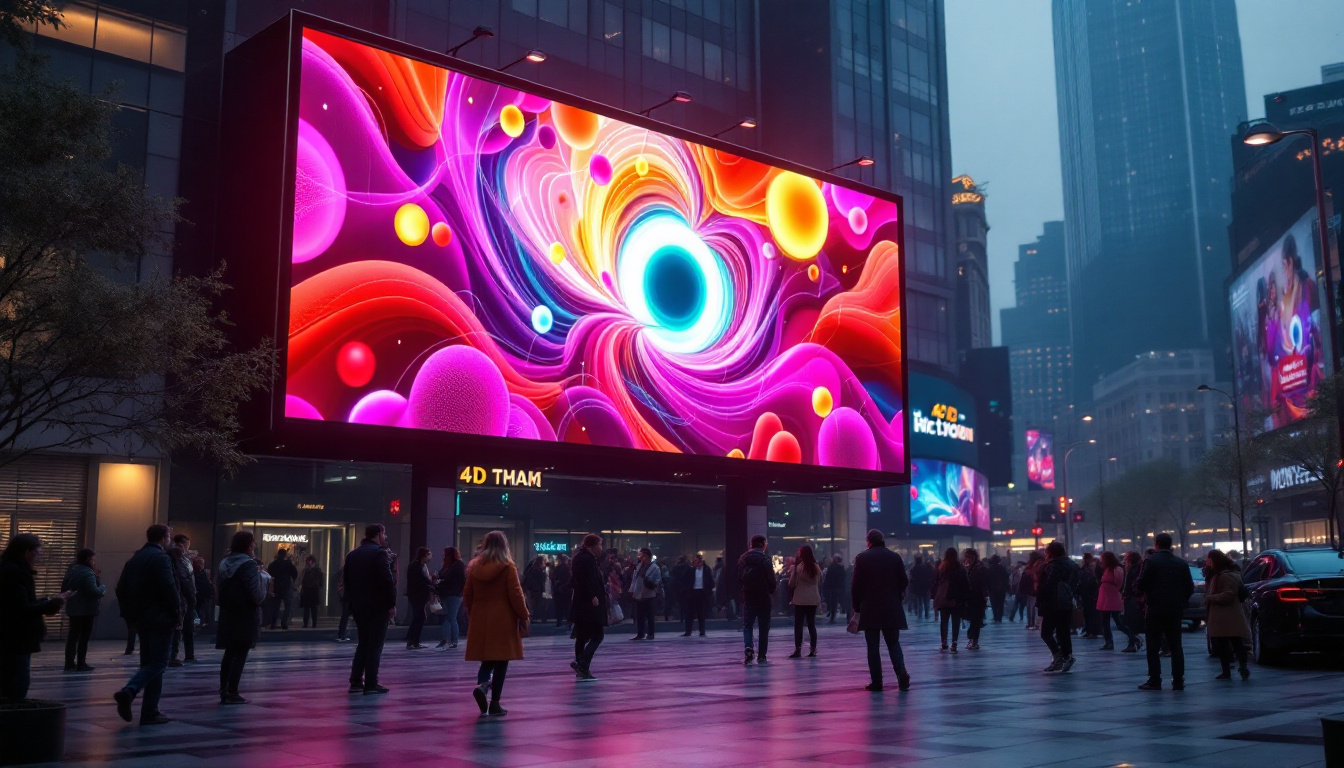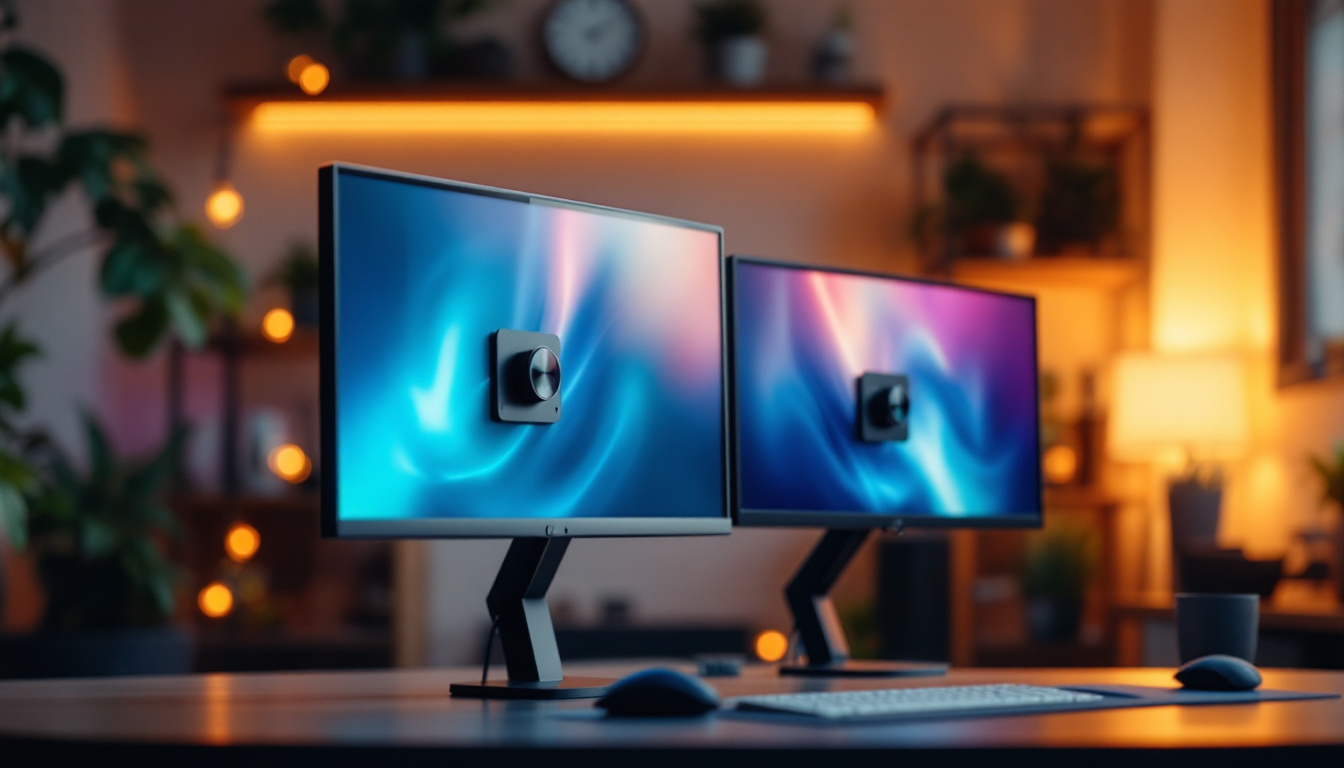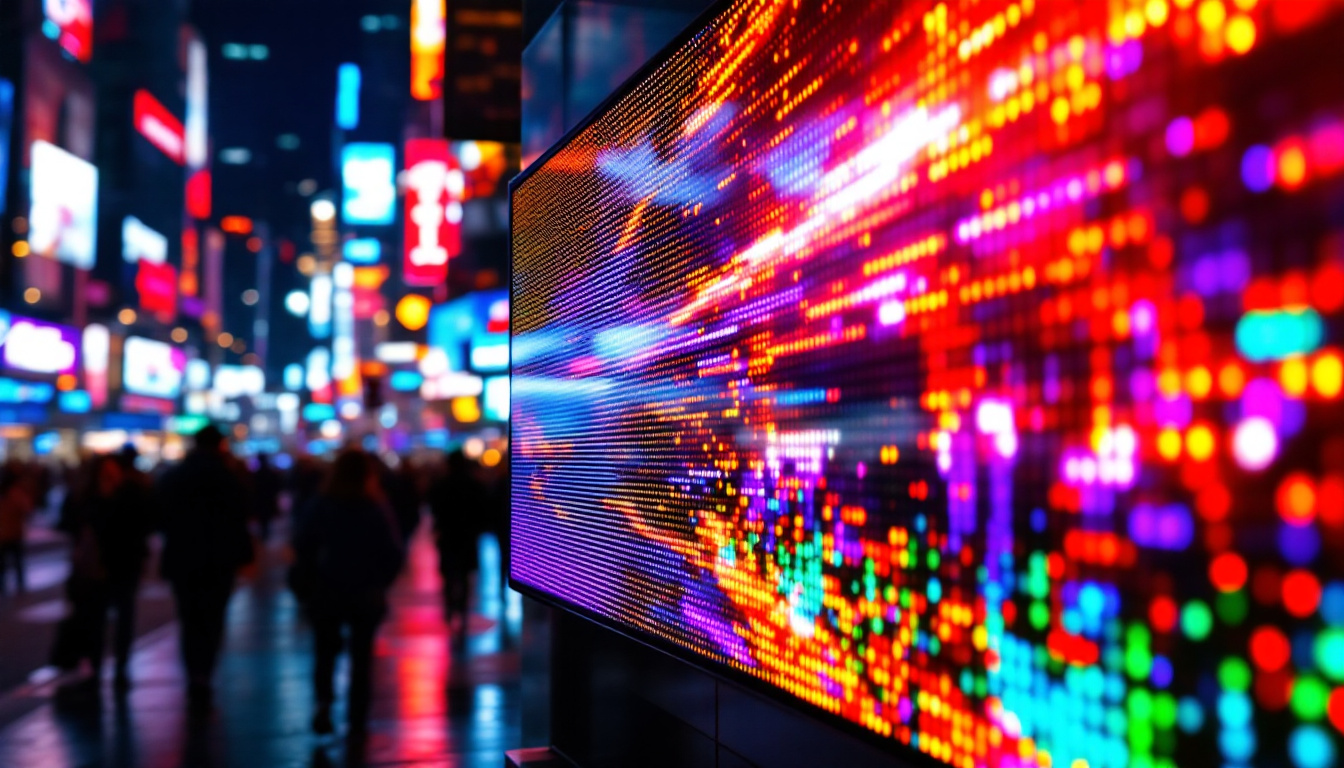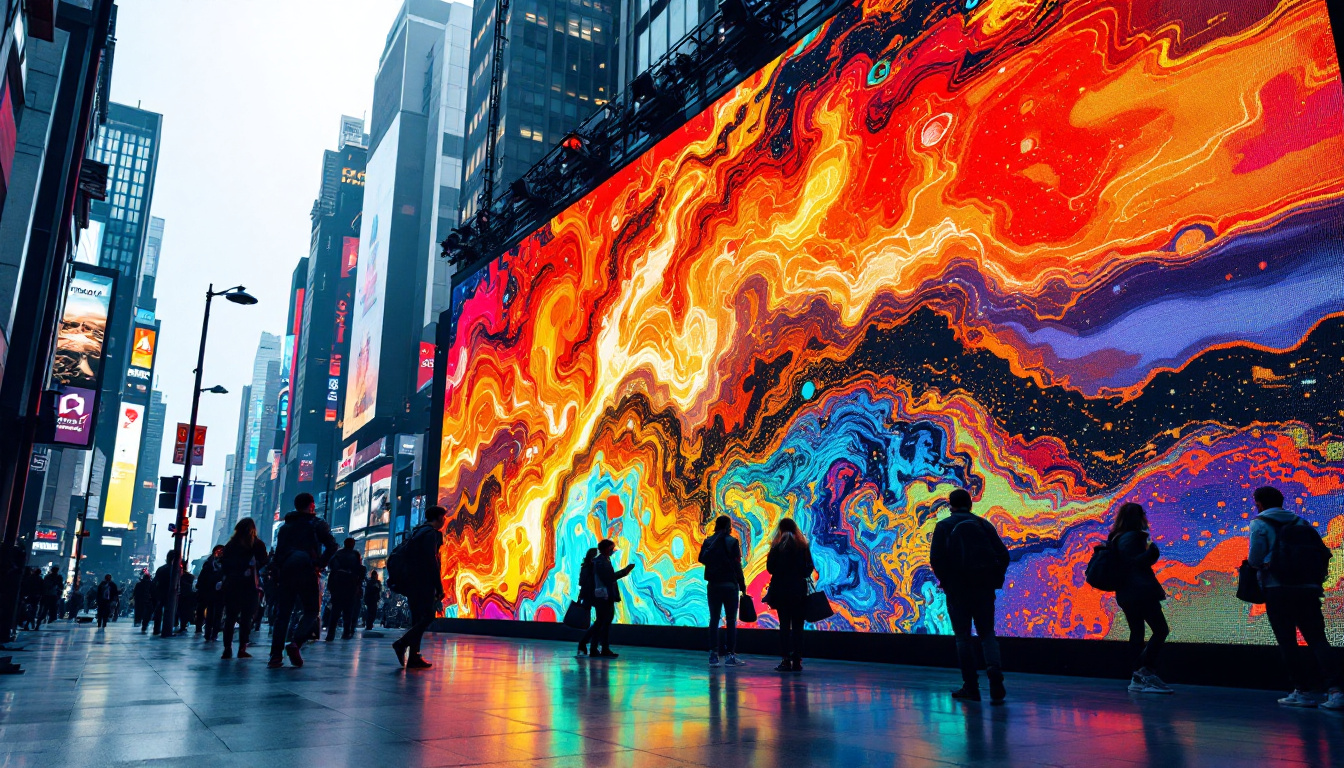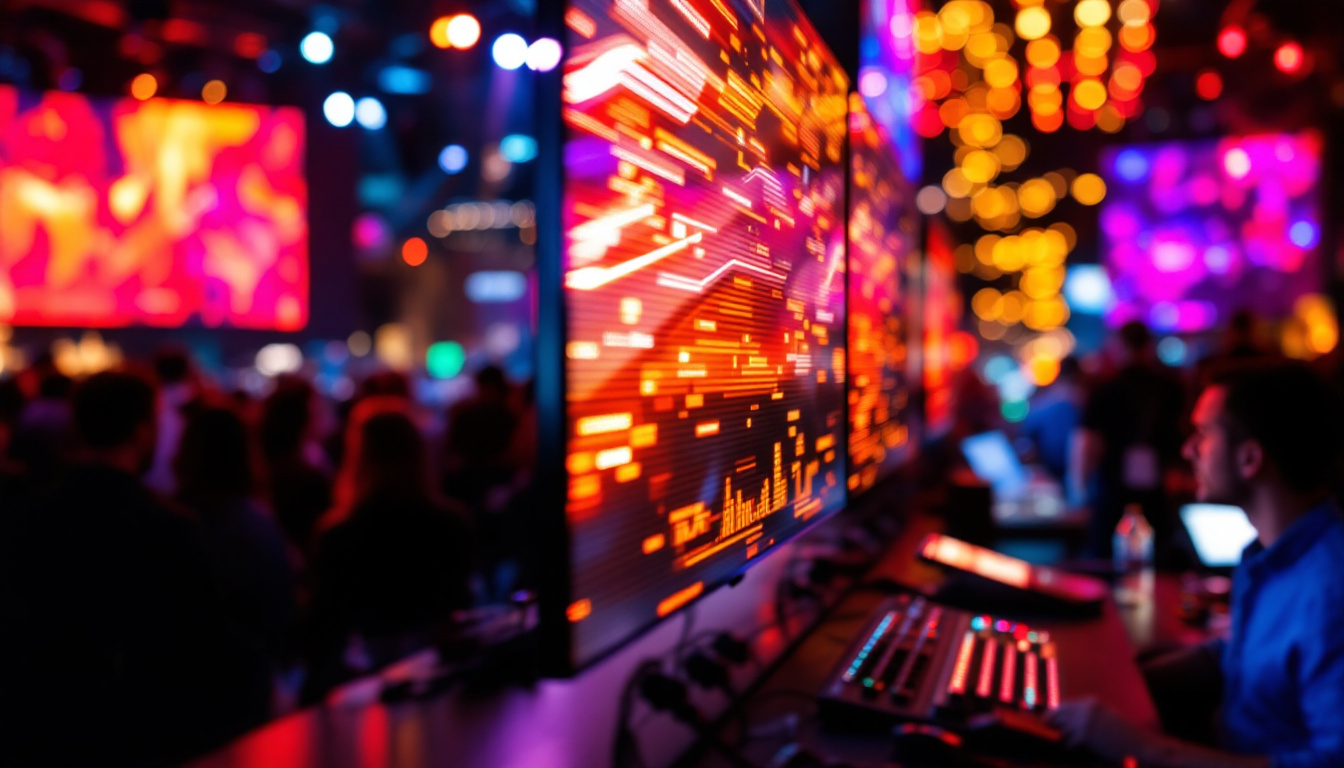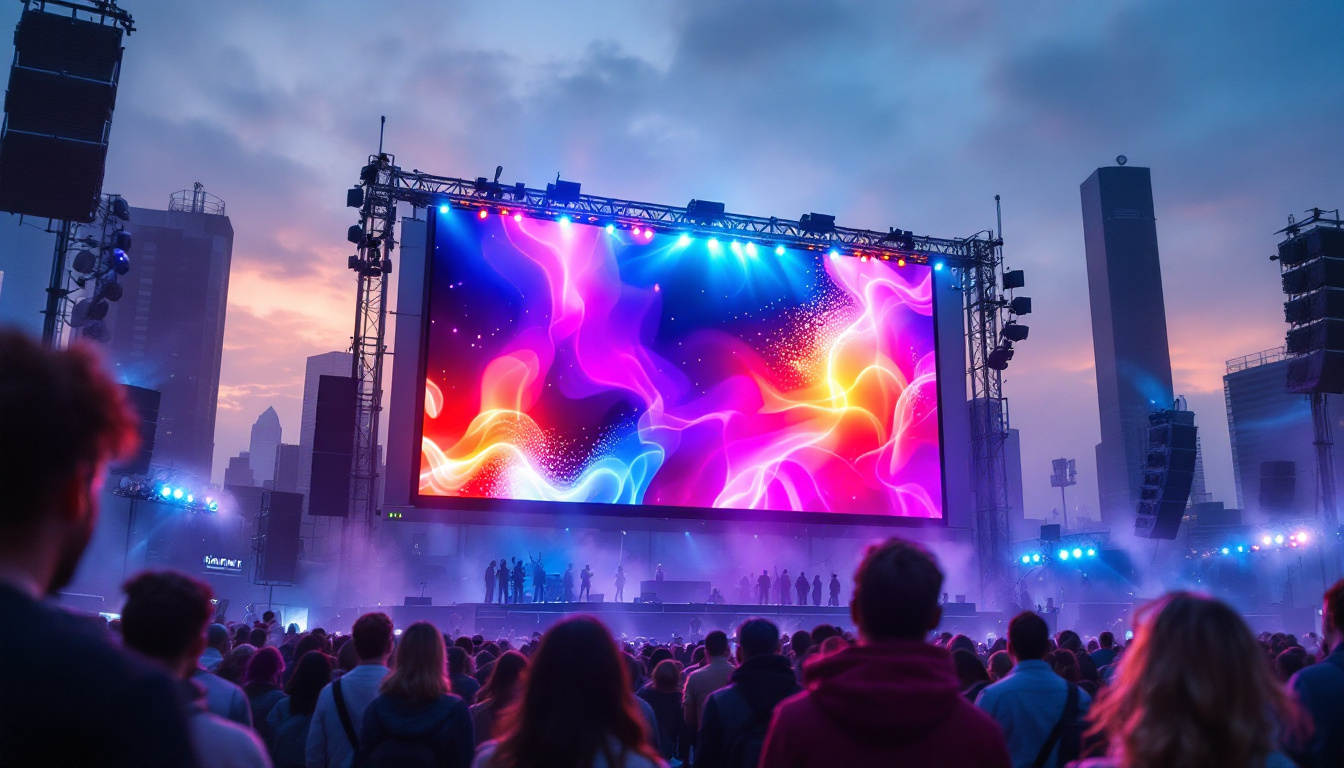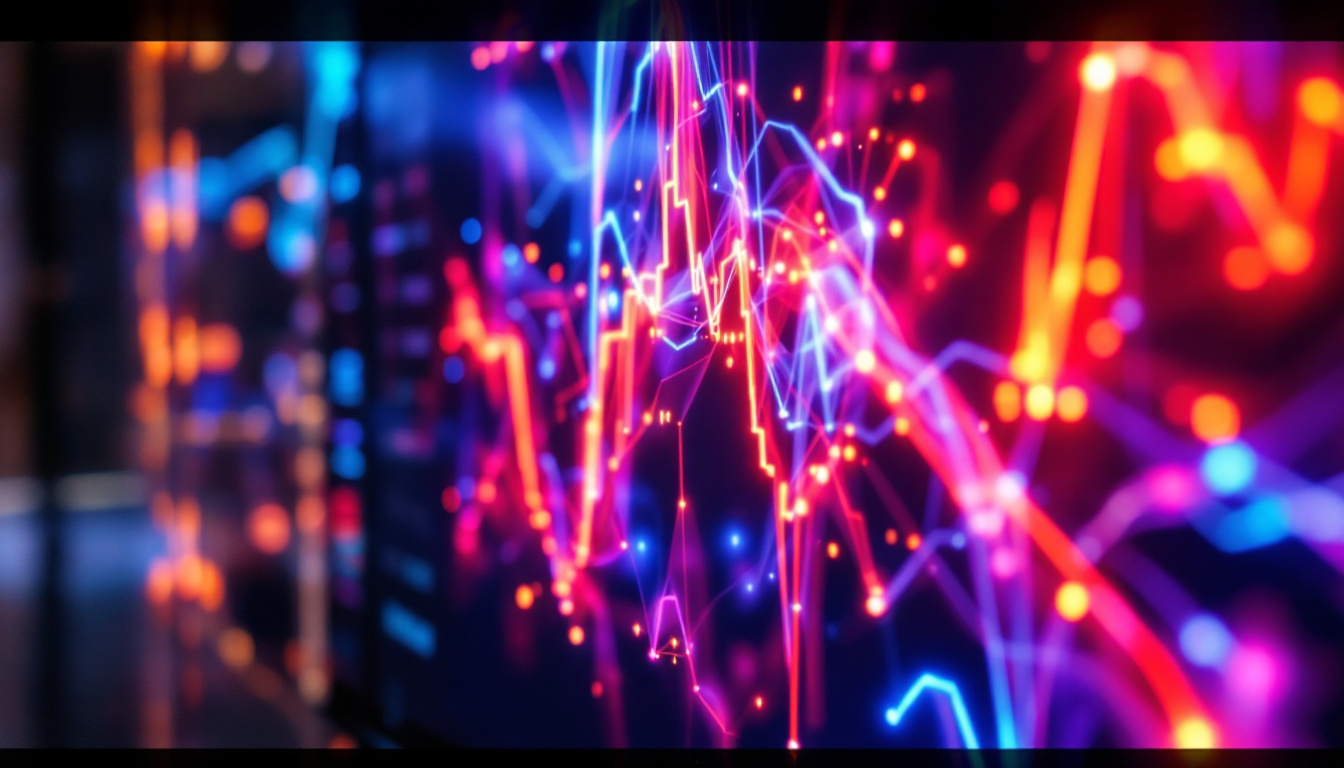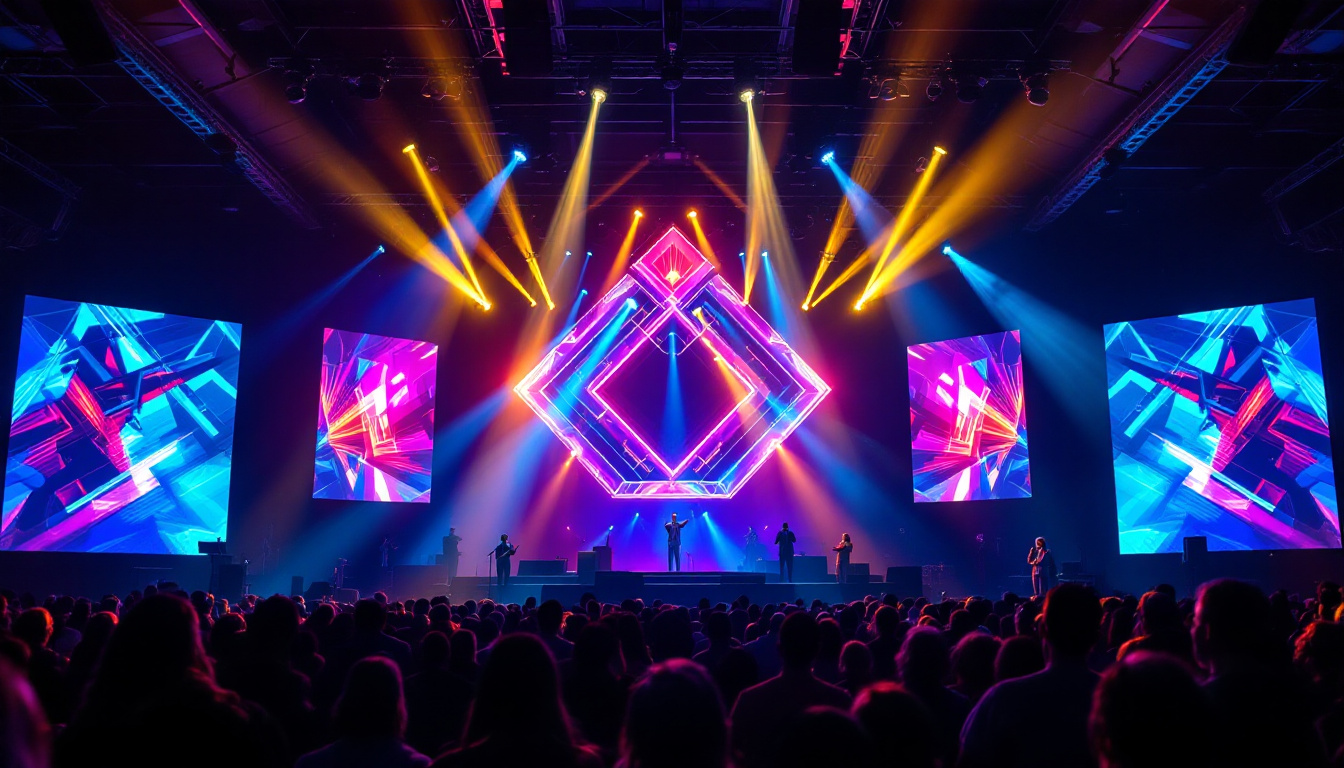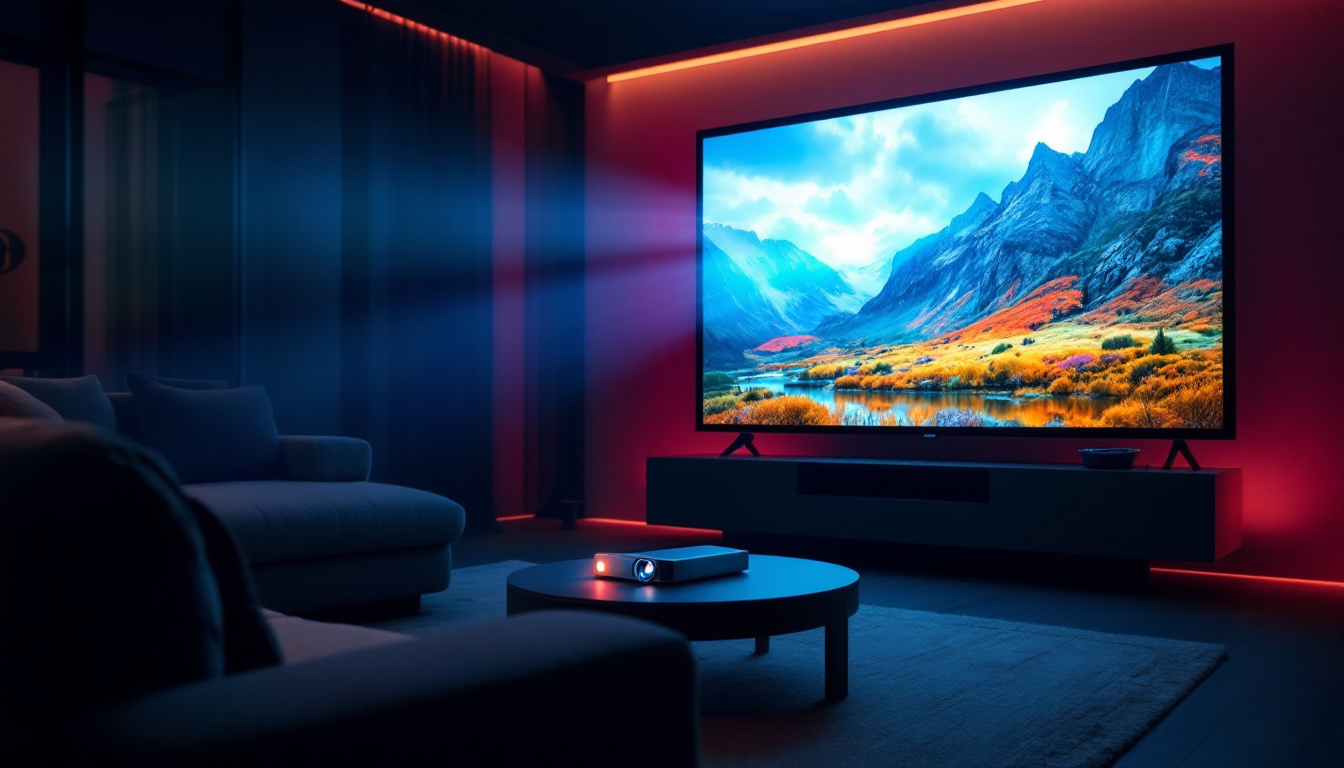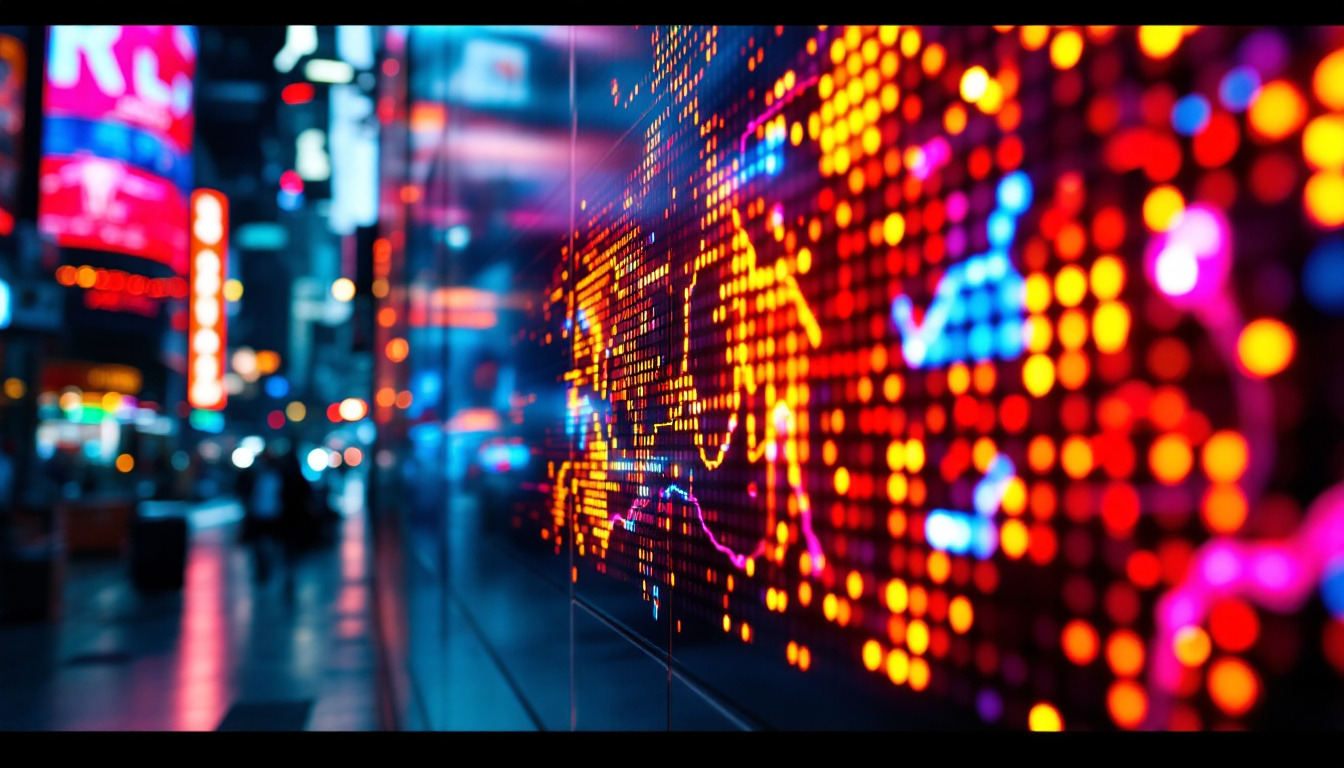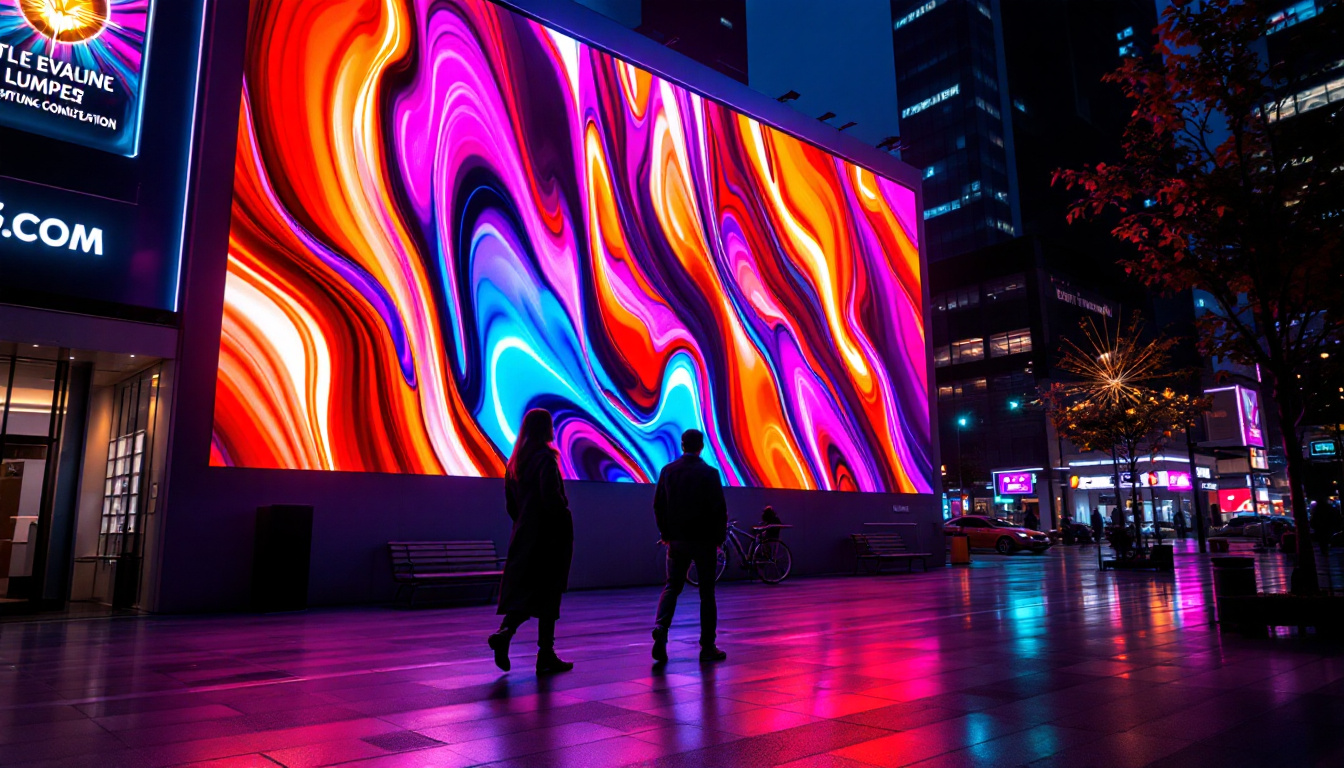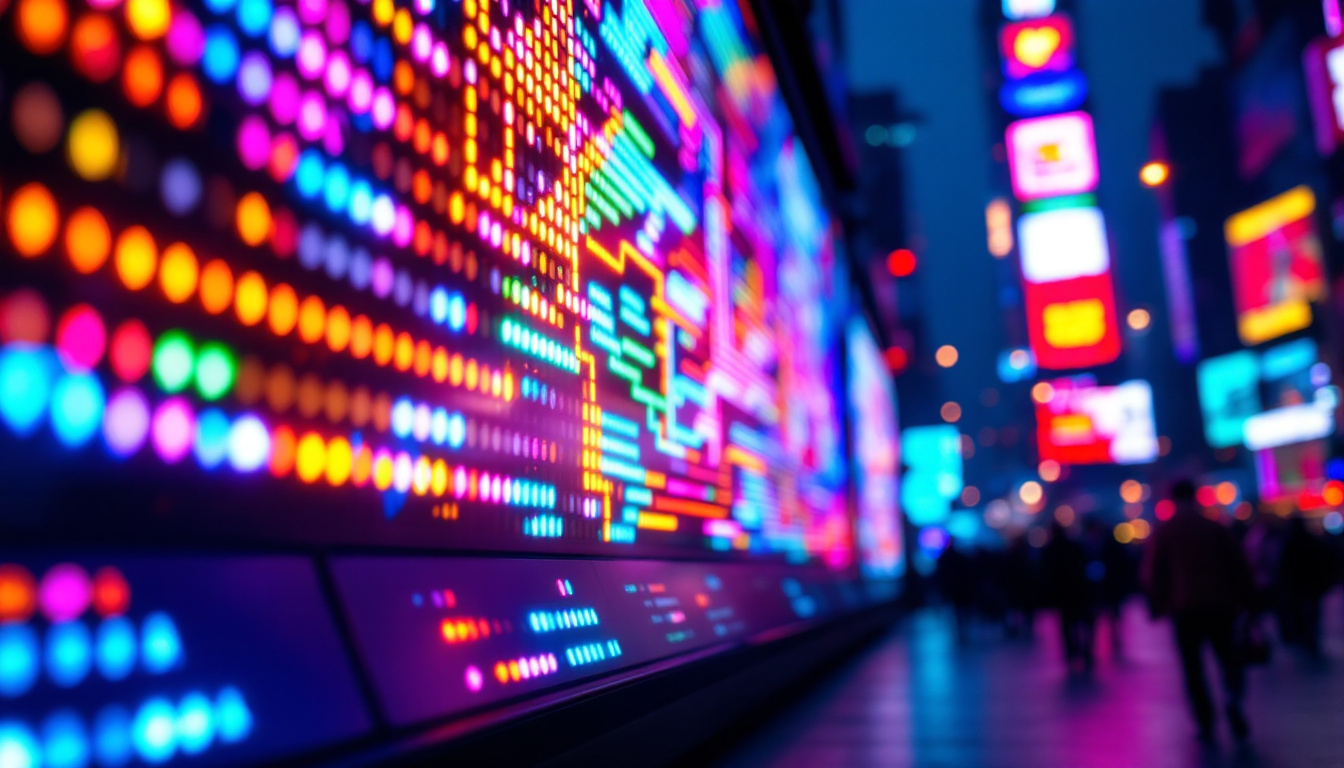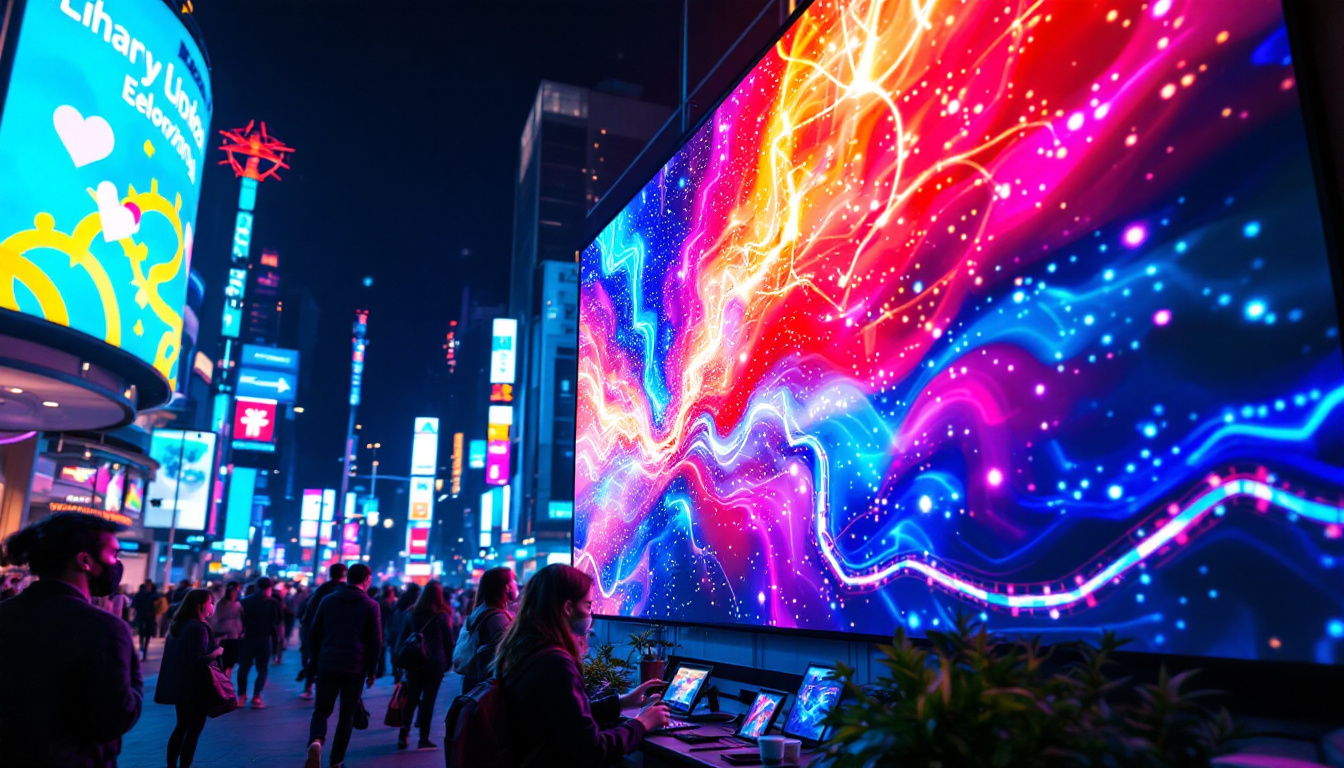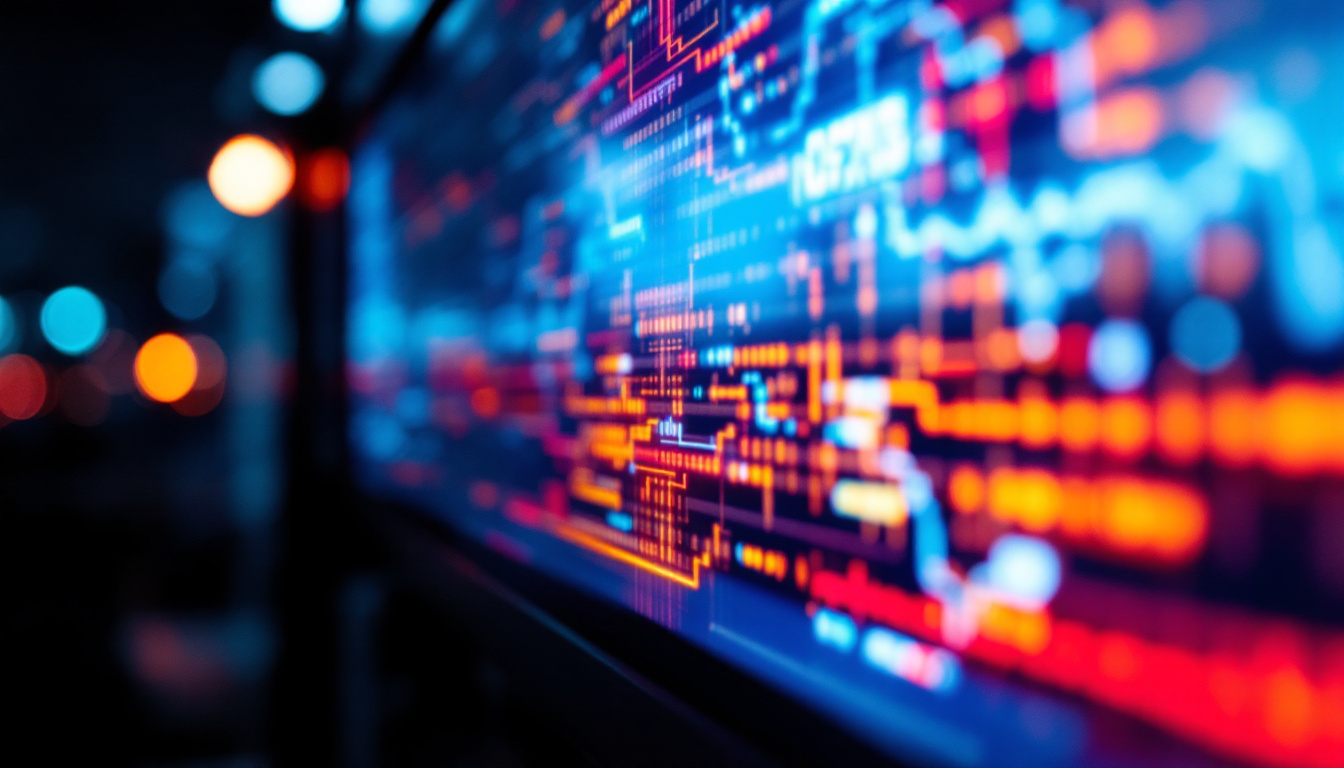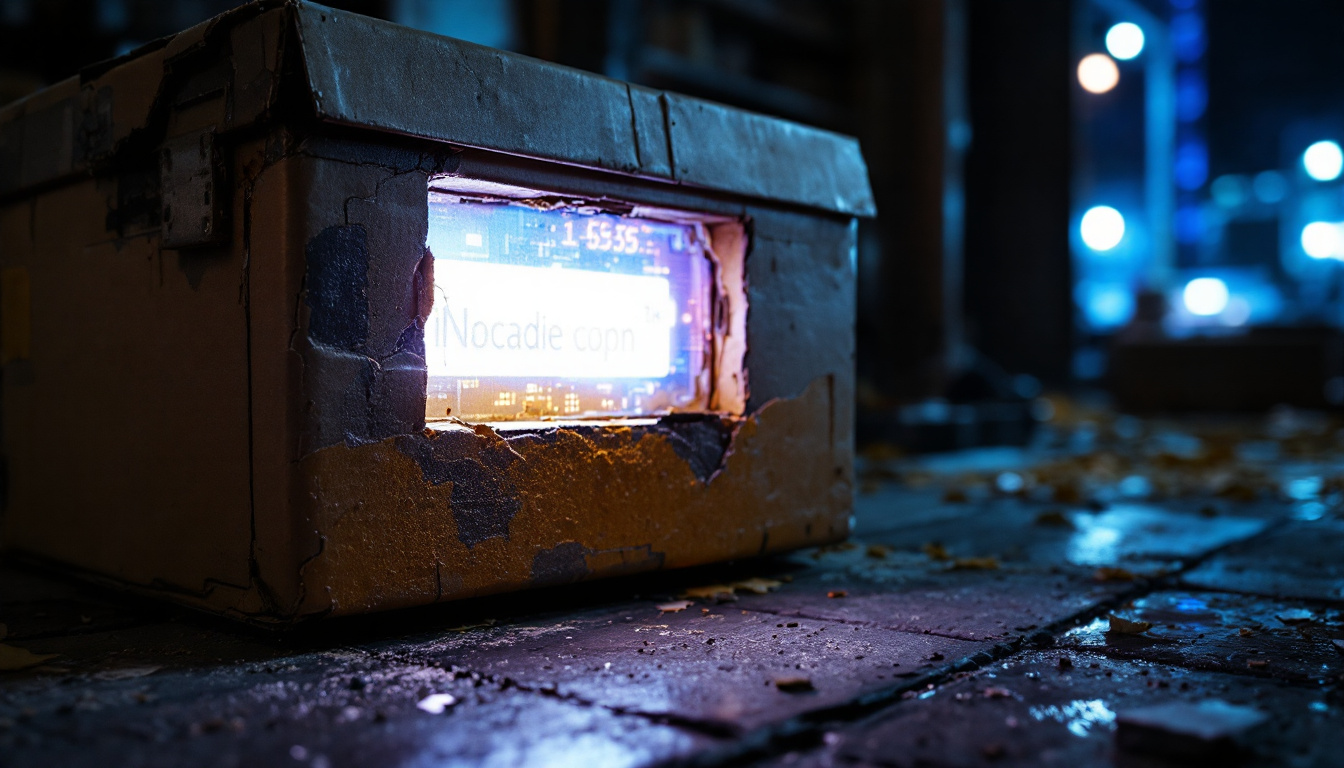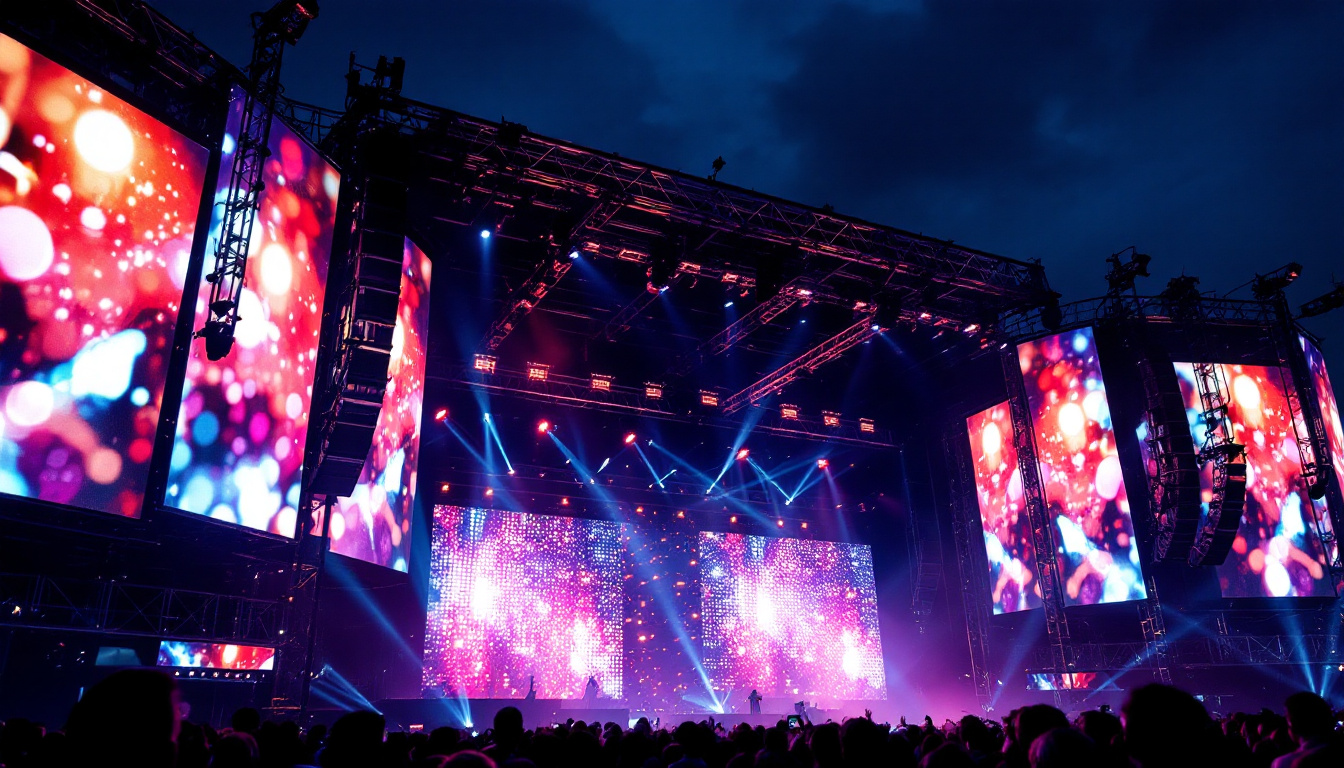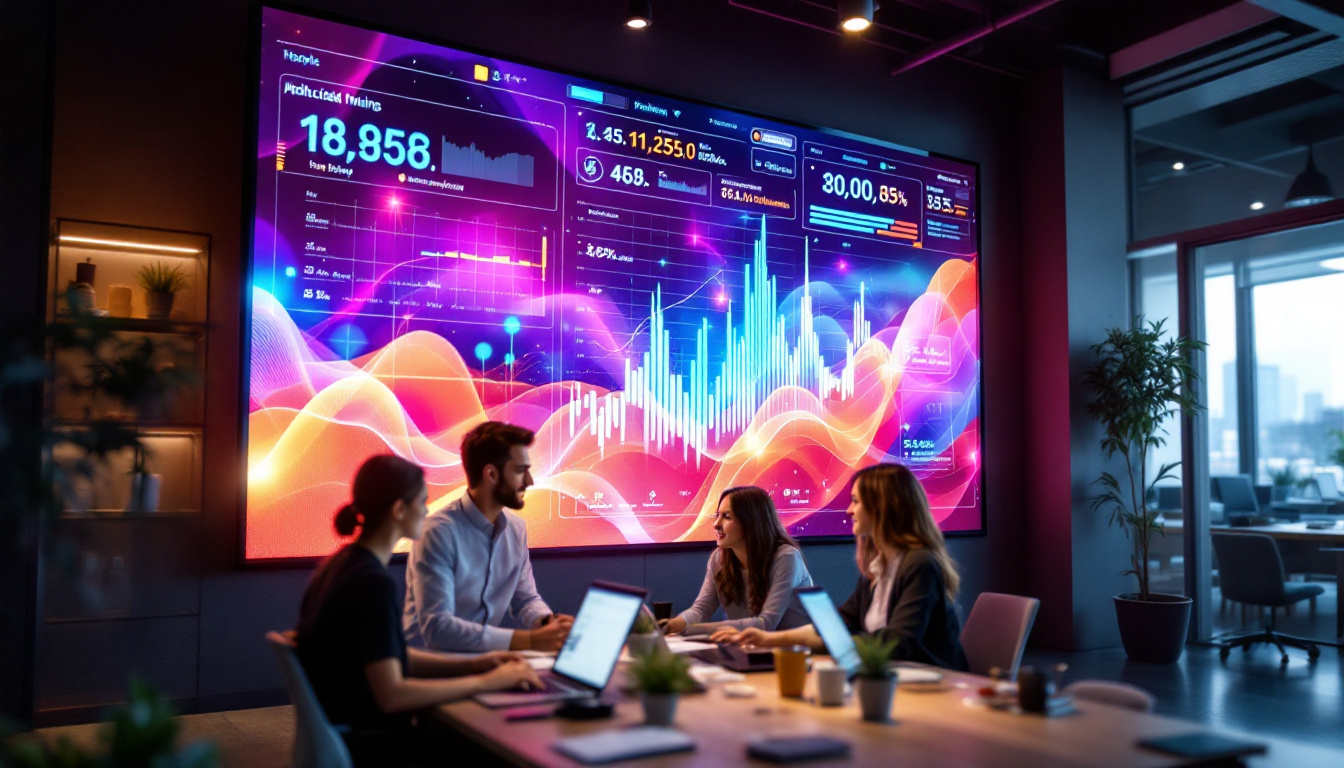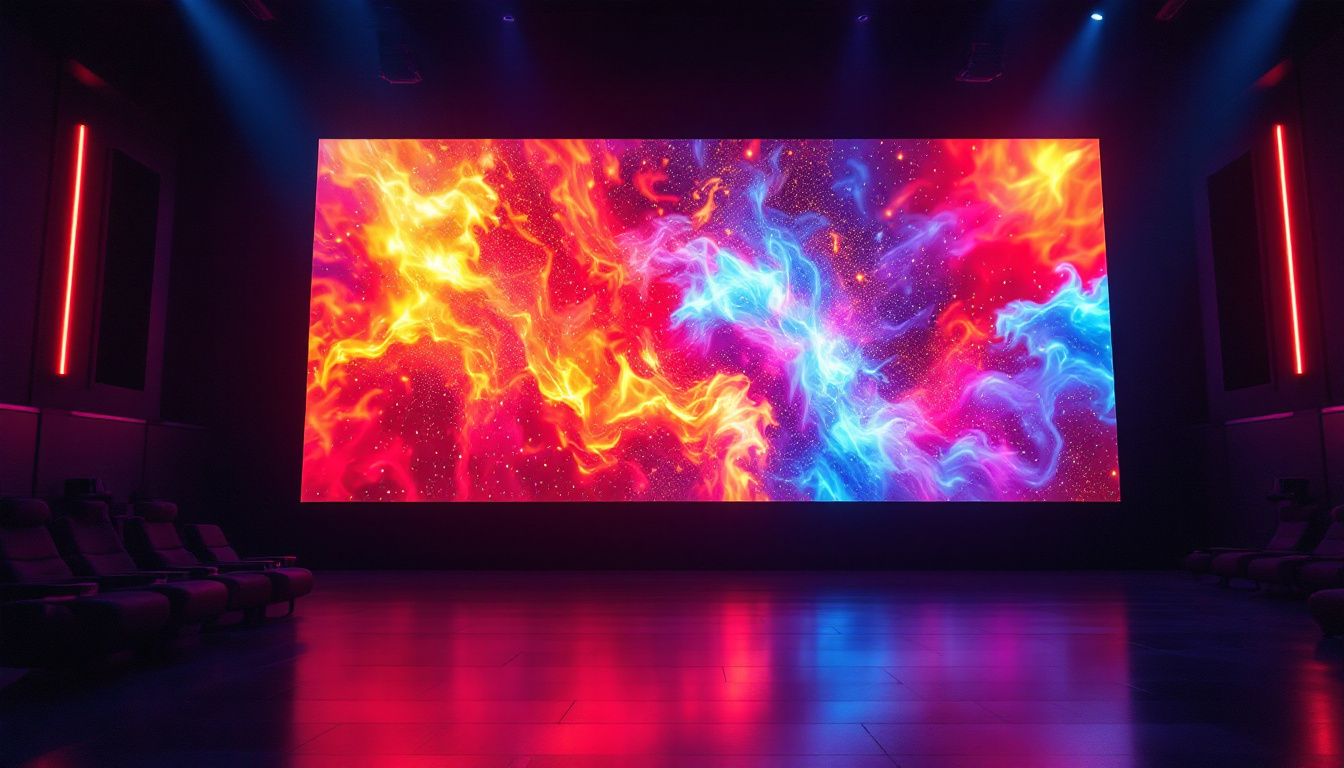Understanding measurements is crucial in various fields, from construction to event planning. One common conversion that often arises is between meters and feet. This article will explore the conversion of 1.5 meters into feet while also delving into the role of LED displays in presenting such information effectively.
Understanding the Conversion: Meters to Feet
To comprehend how to convert meters to feet, it is essential to grasp the basic relationship between these two units of measurement. A meter is a standard unit of length in the metric system, while a foot is a unit used primarily in the United States and a few other countries.
The conversion factor between meters and feet is straightforward: 1 meter is approximately equal to 3.28084 feet. Therefore, to convert 1.5 meters into feet, one would multiply 1.5 by this conversion factor.
Calculating 1.5 Meters in Feet
Using the conversion factor, the calculation for converting 1.5 meters into feet is as follows:
1.5 meters × 3.28084 feet/meter = 4.92126 feet.
Thus, 1.5 meters is approximately equal to 4.92 feet. This conversion is useful in various scenarios, such as when determining the height of a structure or the length of an object.
Practical Applications of Meters to Feet Conversion
The conversion from meters to feet finds its application in numerous fields. For instance, in construction, architects and builders often need to work with both metric and imperial measurements. Understanding how to convert between these units ensures that projects run smoothly and that all stakeholders are on the same page.
In sports, particularly in track and field, athletes and coaches may need to convert distances for training or competition purposes. Furthermore, in everyday life, individuals may encounter situations where they need to convert measurements, such as when traveling abroad or purchasing items that use different measurement systems.
Additionally, the importance of this conversion extends to scientific research and education. In laboratories, researchers often publish their findings in metric units, but many educational resources and textbooks in the United States still utilize imperial measurements. This discrepancy can lead to confusion if scientists and students are not adept at converting between the two systems. Moreover, in the realm of international trade, understanding these conversions can help businesses accurately communicate product dimensions to a global audience, ensuring that specifications are met and reducing the risk of costly errors.
Moreover, in the realm of health and fitness, personal trainers and nutritionists frequently use both metric and imperial units to tailor programs for their clients. For example, when measuring the height of a person for fitness assessments or determining the length of a running track, being able to seamlessly convert between meters and feet can enhance communication and understanding. This duality of measurement systems reflects the diverse backgrounds of clients, making it essential for professionals in these fields to be proficient in both metrics and imperial units.
The Role of LED Displays in Presenting Measurements
LED displays have become increasingly popular in various settings, including educational institutions, public spaces, and commercial environments. These displays are known for their clarity and visibility, making them an ideal choice for presenting measurements such as the conversion of meters to feet.
One of the key advantages of LED displays is their ability to present information in real-time. This feature is particularly beneficial in environments where measurements need to be updated frequently, such as in sports events or construction sites. For instance, during a marathon, LED displays can provide live updates on runners’ times and distances, allowing spectators to stay engaged and informed throughout the event.
Benefits of Using LED Displays
LED displays offer several benefits that enhance the presentation of measurements:
- high visibility: LED displays are bright and easy to read from a distance, making them suitable for various lighting conditions.
- Dynamic Content: These displays can show changing information, allowing for real-time updates and adjustments.
- Energy Efficiency: Compared to traditional display technologies, LED displays consume less power, making them a more sustainable choice.
Additionally, the longevity of LED technology means that these displays can operate for thousands of hours without significant degradation in quality. This durability not only reduces replacement costs but also minimizes waste, aligning with eco-friendly initiatives in many organizations. Furthermore, the versatility of LED displays allows them to be integrated with other technologies, such as sensors and data analytics tools, to create a comprehensive measurement presentation system that can adapt to various needs.
Applications of LED Displays for Measurement Presentations
LED displays can be found in numerous applications where measurements are vital:
- Sports Events: LED scoreboards often display distances, times, and other important metrics in real-time.
- Construction Sites: Digital signage can show the height of structures or distances between points, ensuring that all workers are informed.
- Educational Settings: In classrooms, LED displays can be used to teach students about metric and imperial conversions interactively.
Moreover, LED displays are increasingly being utilized in transportation hubs, such as airports and train stations, where they provide critical information regarding arrivals, departures, and delays. This application not only enhances the passenger experience by delivering timely updates but also helps in managing crowd flow effectively. In healthcare settings, LED displays can be employed to relay vital statistics and measurements, such as patient vitals or medication dosages, ensuring that medical staff have immediate access to essential information, which can be crucial in emergency situations.
How LED Displays Enhance Learning and Understanding
In educational environments, the use of LED displays can significantly enhance the learning experience. By presenting information visually, students can better grasp complex concepts, such as measurement conversions.
For example, an LED display showing the conversion of 1.5 meters to feet can help students visualize the relationship between the two units. This visual representation can aid in retention and understanding, making lessons more engaging. Furthermore, the vibrant colors and dynamic graphics that LED displays offer can capture students’ attention more effectively than traditional teaching methods, creating a more stimulating classroom atmosphere.
Interactive Learning with LED Technology
Modern LED displays often come equipped with interactive capabilities. This feature allows students to engage with the content actively, such as inputting different measurements to see their conversions. Such interactivity fosters a deeper understanding of the material and encourages participation. For instance, students can collaborate in small groups to solve problems displayed on the screen, promoting teamwork and communication skills while reinforcing their learning.
Additionally, teachers can use LED displays to present real-world scenarios where these conversions are necessary, further emphasizing the practical applications of what students are learning. For example, a science teacher might display a video of a construction project that requires precise measurements, prompting discussions about the importance of accuracy in various fields. This not only makes the subject matter more relatable but also helps students connect theoretical concepts with their everyday lives, enhancing their overall educational experience.
LED Displays in Public Spaces: Informing the Community
Beyond educational settings, LED displays serve a crucial role in public spaces. They provide essential information to the community, such as distance measurements for public events, safety instructions, or even directions.
For instance, during a marathon, LED displays can show the distance remaining for participants, converting kilometers to miles for spectators who may be more familiar with the imperial system. This information is not only helpful but also enhances the overall experience for both participants and spectators.
Community Engagement through Information Sharing
LED displays can also promote community engagement by sharing local information, such as upcoming events, safety announcements, or public service messages. By presenting this information clearly and effectively, communities can foster a sense of connection and awareness among residents.
Moreover, the ability to update content in real-time means that communities can respond quickly to changing circumstances, ensuring that residents are always informed.
Future Trends in LED Display Technology
The future of LED display technology is promising, with ongoing advancements enhancing their functionality and applications. As technology evolves, LED displays are becoming more versatile and integrated into various aspects of daily life.
One notable trend is the increasing use of smart technology in LED displays. Smart displays can connect to the internet, allowing for remote updates and content management. This capability can be particularly beneficial in environments where timely information is crucial.
Integration with Augmented Reality
Another exciting trend is the integration of LED displays with augmented reality (AR). This technology can create immersive experiences, allowing users to visualize measurements and conversions in a more engaging manner. For example, AR applications could overlay distance measurements onto real-world environments, helping users understand the scale of various objects.
As these technologies continue to develop, the potential for LED displays to enhance learning, communication, and community engagement will only grow.
Conclusion: The Importance of Measurement Conversions and Effective Displays
In conclusion, understanding the conversion of 1.5 meters to feet is a fundamental skill that has wide-ranging applications in various fields. Whether in construction, sports, or education, being able to convert measurements accurately is essential.
Furthermore, the role of LED displays in presenting this information cannot be overstated. Their clarity, visibility, and ability to provide real-time updates make them an invaluable tool in both educational and public settings.
As technology continues to advance, the future of LED displays looks bright, promising even more innovative ways to enhance understanding and communication. Embracing these technologies will undoubtedly lead to improved learning experiences and more informed communities.
Discover LumenMatrix LED Display Solutions
Ready to transform your space with unparalleled clarity and dynamic visuals? LumenMatrix offers a comprehensive range of LED display solutions tailored to meet your needs. From captivating Indoor and Outdoor LED Wall Displays to innovative Vehicle and Sports LED Displays, our products are designed to enhance your brand visibility and audience engagement. Experience the future of visual communication with our LED Poster Displays, Floor LED Displays, and Custom LED solutions. Elevate your message with the clarity and impact it deserves. Check out LumenMatrix LED Display Solutions today and see the difference for yourself.

